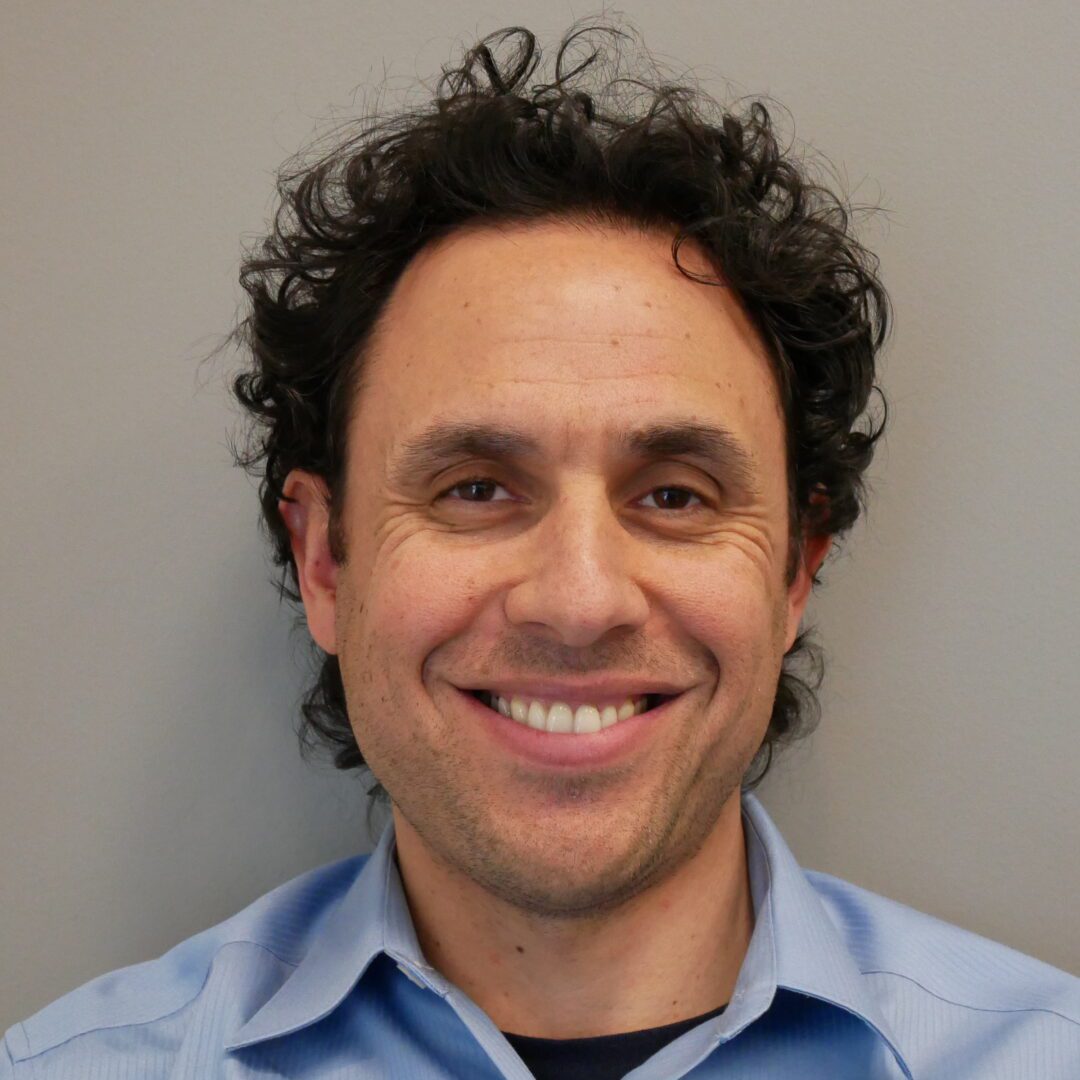
What Puerto Rico teaches us about power resilience for all communities
Puerto Rico shows us that it's time to upgrade our aging, dirty grid with cleaner electricity systems that can provide disaster resilience.
In September 2017, Hurricane Maria slammed into Puerto Rico, knocking out power for the entire island and damaging 80% of the island’s energy transmission and distribution system. The United States Federal Emergency Management Agency (FEMA) is tasked with repairing the current system, a process that is expected to take months and cost $5 billion.

FEMA will be repairing, not upgrading, an antiquated electricity distribution and transmission system powered primarily by fossil fuels.
On the island of Puerto Rico, which is roughly the size of Connecticut, 3.4 million people depend on the Puerto Rico Electric Power Authority (PREPA). PREPA uses a fuel mix of 47% petroleum, 34% natural gas, 17% coal, and 2% renewable energy. With the grid currently down, diesel generators are providing power to those who can afford them.
Both the diesel generators and PREPA’s fuel mix provide the island with dirty electricity – and both are barely affordable options for the people of Puerto Rico. Puerto Rican Americans pay $0.24-$0.48/kilowatt-hour (kWh) for their electricity, compared to an average price of $0.13/kWh on the United States mainland. Now is as good a time as any for Puerto Rico to upgrade to clean local power.
Since the hurricane, both Tesla founder Elon Musk and Virgin head Richard Branson have publicly advocated for microgrids to provide a cleaner, cheaper, more resilient option for islands in the Caribbean that depend on imported fossil fuels for electricity. In an area with abundant solar energy, using clean local energy is the obvious choice to get Puerto Rico up and running as soon as possible.
After disasters like Hurricane Maria, a bare minimum of power is essential for relief and recovery efforts. Emergency responders, hospitals, and water utilities that provide clean drinking water need electricity. Solar emergency microgrids that combine solar photovoltaic panels, energy storage, and monitoring, communications, and controls, could deliver electricity instantly and indefinitely for disaster response.
Puerto Rico’s difficulty in performing emergency response services highlights the importance of resilient backup power systems. This need is not limited to Puerto Rico. Every village, town and city should be thinking about what services they need to keep running in the event of a natural disaster. In California, the Peninsula Advanced Energy Community (PAEC) is working with hospitals and municipal governments to plan affordable, clean, and resilient power systems that combine energy efficiency, local renewables, electric vehicle charging stations, energy storage, and monitoring, communications, and controls. During a power outage, essential services can island themselves from the grid and still function.
In San Mateo County, CA, the City of Atherton is preparing for resilience in the face of earthquakes and fires. When planning their new zero net energy Civic Center, the city included a solar emergency microgrid for their police station. If a large earthquake or fire knocks out power, emergency responders will still be able to field calls and respond to community requests for assistance.
Planning for disasters is more important now than ever. This year, the back-to-back hurricanes hitting the Gulf Coast and Caribbean, and the wildfires that have decimated communities in the West, shone a light on the importance of a resilient electricity grid. It’s time to upgrade our aging, dirty grid with cleaner electricity systems that can withstand shocks from natural disasters and provide emergency power when it is needed most.
PAEC is a groundbreaking initiative to streamline policies and showcase projects that facilitate local renewables and other advanced energy solutions like energy efficiency, energy storage, and electric vehicle charging infrastructure. PAEC will create pathways to cost-effective clean local energy and community resilience throughout San Mateo County, the City of Palo Alto, and beyond. PAEC is a collaboration between the Clean Coalition, the California Energy Commission, Pacific Gas and Electric, and an array of municipalities, emergency response jurisdictions, schools and universities, and corporate entities. For more information, please visitwww.clean-coalition.org/PAEC.

